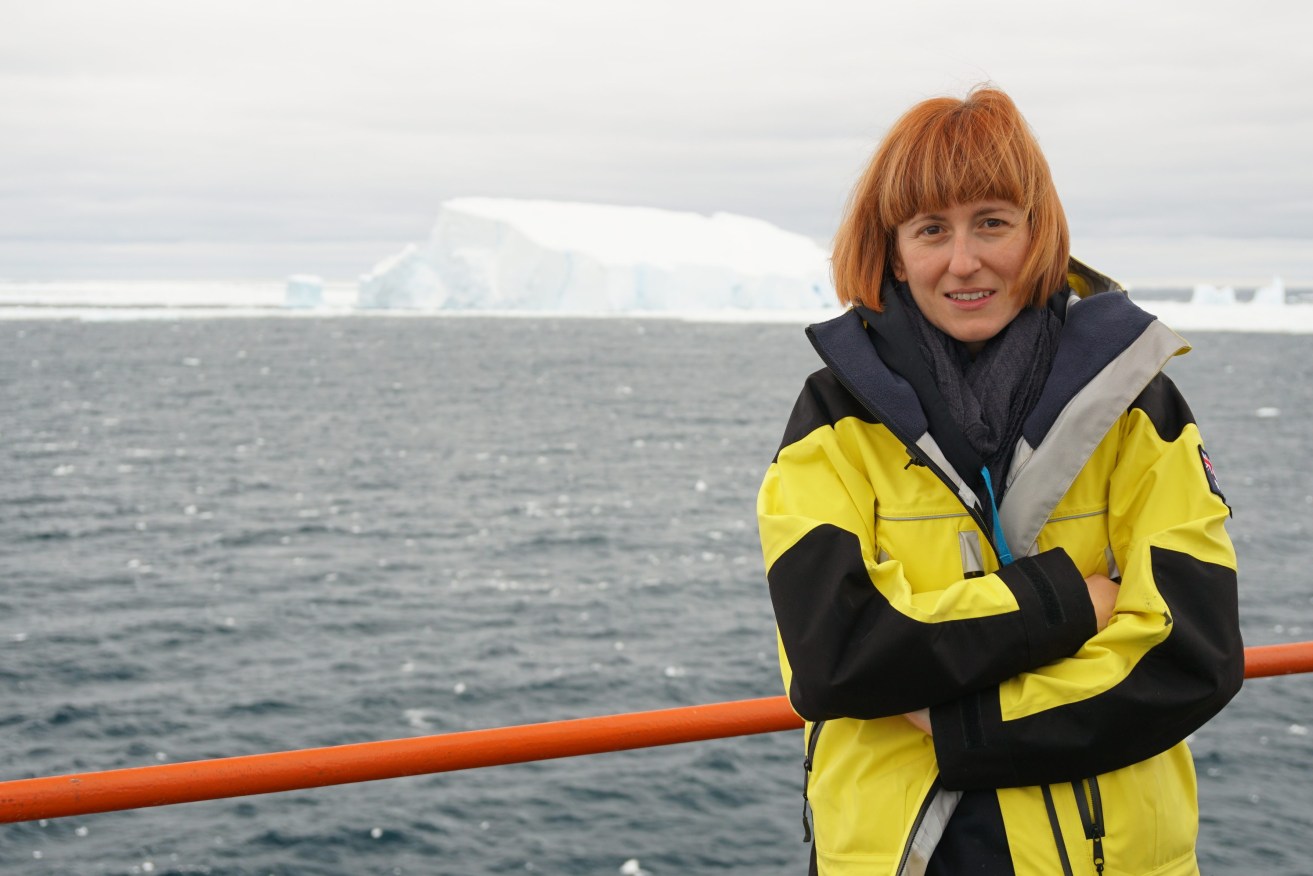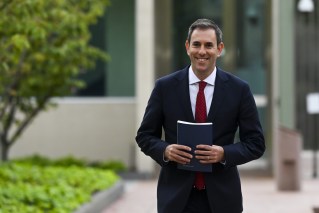Oceans apart: How this Brisbane scientist has cast a cloud over climate modelling
A Brisbane-based researcher is looking to complete investigations in the Southern Ocean that may cast new light on global climate modelling.


QUT associate professor Branka Miljevic doesn’t quite spend her days shouting at clouds, more observing the impact that clouds have on sun light and energy, specifically over the Southern Ocean between the southern coast of Tasmania and Antarctica.
So far, her measurements and that of her collaborators on board Commonwealth-funded research vessels suggest cloud coverage across the remote region has been under-calculated.
If that’s the case then it may also mean that sun light and energy has been over-calculated, risking over-cooked predictions of global heating.
If confirmed, the results, however, may not necessarily spell good news for a planet on a trajectory of catastrophic climate change, according to the latest report from the Intergovernmental Panel on Climate Change.
“Well, it could be good news, but it could also mean even worse news than what has already been reported,” Miljevic told InQueensland.
“Because it’s such a remote and difficult place in which to study, measurements taken on the Southern Ocean are few and far between and the research is very expensive.
“So, we really don’t have enough information to tell us that we have our climate modelling absolutely correct.”
So why is this remote corner of the world so instrumental in revealing the true state of the planet’s temperature?
As Miljevic explains, the Southern Ocean and Antarctic are the only regions on the Earth with negligible human influence.
In effect, they harbour the closest planet Earth has to a pre-industrial atmosphere.
And in the past, climate and weather models from the Southern Ocean, including the forecasts that have informed the Intergovernmental Panel on Climate Change (IPCC) assessments, have performed particularly poorly, Miljevic says.
“The models persistently over-predict the amount of sunlight reaching the Earth’s surface over the Southern Ocean, causing an over-prediction of sea surface temperatures,” Miljevic said.
“Robust prediction of human-induced global warming and future climate requires these models to be more accurate.”
Such accuracy requires further study of what Miljevic and her colleagues call “aerosol-cloud interaction” – the collision of small particles of solids like dust, and liquids, like water, suspended in the atmosphere.
“Aerosol-cloud interactions represent the largest source of uncertainty in our understanding of Earth’s climate,” Miljevic said.
“A better understanding of pre-industrial aerosols would provide a more constrained baseline for estimating human-induced warming.”









